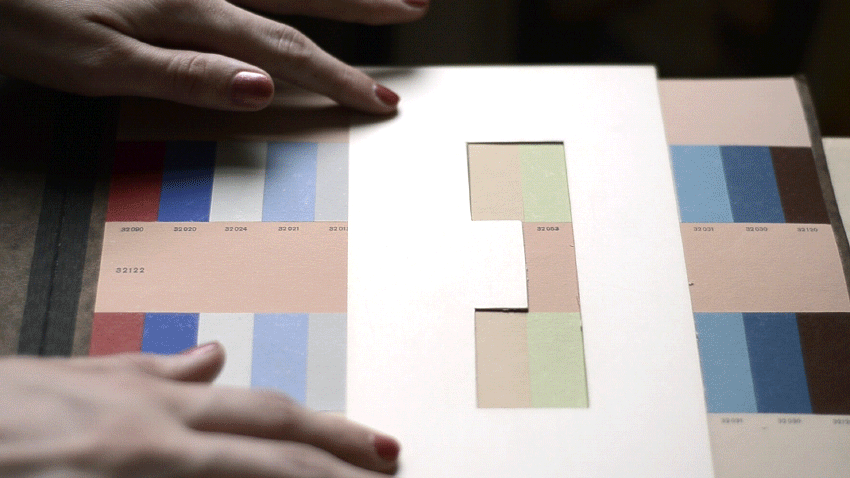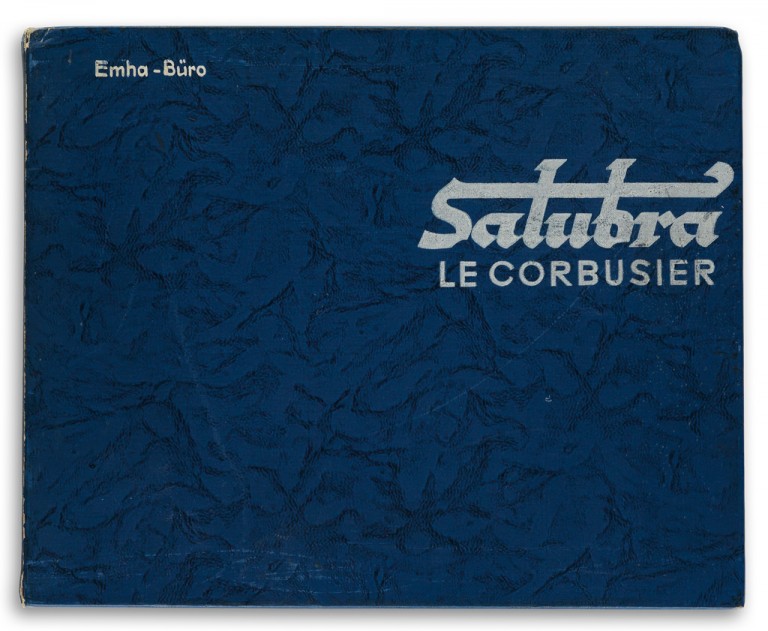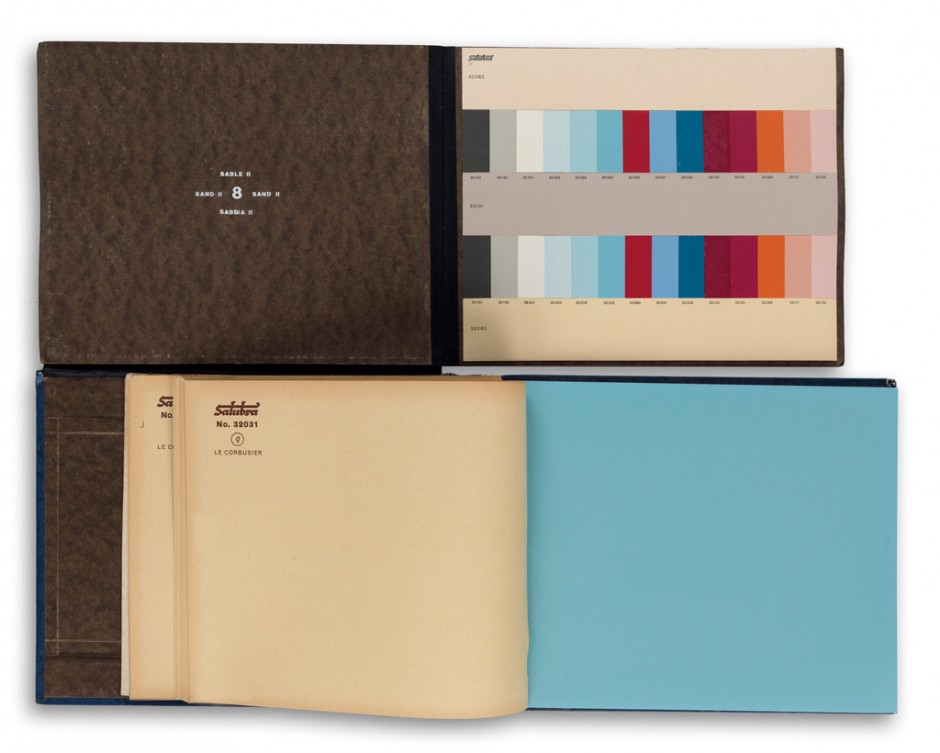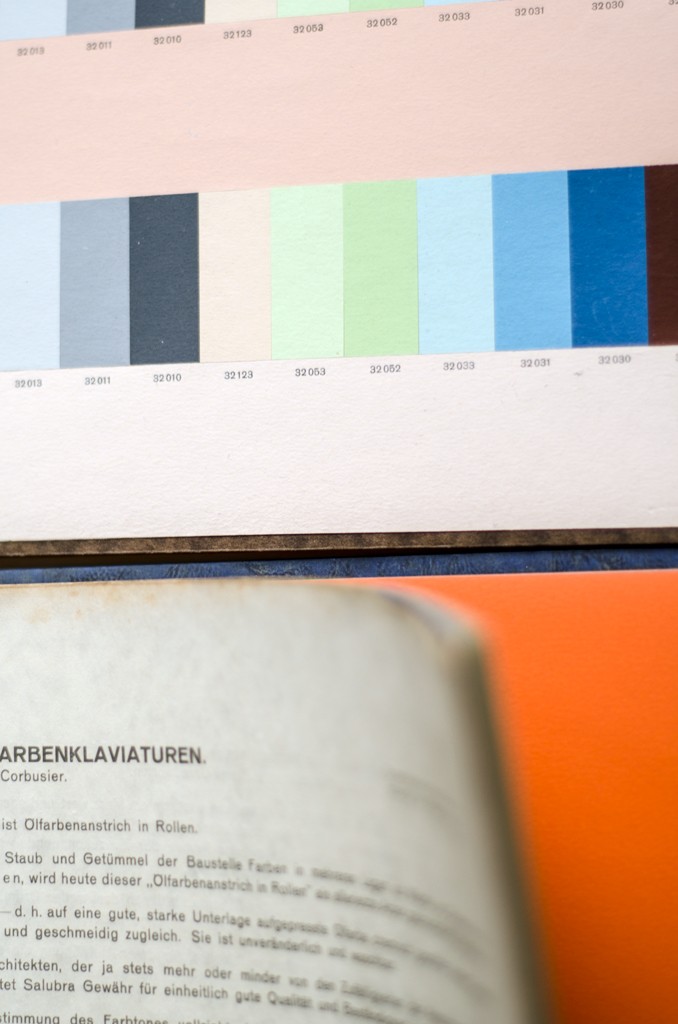LusiveLife
LusiveLife /
Design - Events - Giving - InspirationLe Corbusier’s Color: As Vital as Water and Fire

An extremely rare first edition of Le Corbusier’s 1931 interactive design guide Polychromie Architecturale: Die Farbenklaviaturen was recently up for auction at New York’s Swann Auction Galleries. The book includes pop-up and pull-out sections, based on his approach to color. It was originally created for Swiss wallpaper manufacturer Salubra.
Famed architect, designer and artist Le Corbusier believed that color could change a person’s perception of space. In the 1920s he began to develop a logically structured system for color design based on his principles of “color concepts.” He created what he called a “color keyboard” which he thought would inspire people to select matching and harmonious colors for interiors. He assigned specific “functions” to colors (weight, depth perception, unity, psychological effects, etc.) and specific groups of colors were assigned to each of those functions. A paper “keyhole” included in the book was a masking tool to help determine these combinations.
The KT Color Company explains the folio thusly:
“The small samples showed colors for all of the functions, allowing for functional differences and personal preferences in color selection. Radiators could be hidden, windows framed, dominant walls placed, contrasts heightened, and compositions completed using the range of colors provided. The limited selection would, however, prevent excesses.”
Le Corbusier divided colors into three categories:
Constructive: natural pigments to create pleasing atmospheres and to alter the perception of space
Dynamic: synthetic pigments to create highly contrasting, more emotional effects
Transitional: transparent, synthetic pigments to alter surfaces without affecting the perception of volume
In looking at Le Corbusier’s architecture, it is possible to see that he indeed adhered to these principles. “Light” colors—more commonly “warm colors”—are used on walls in direct sunlight, while “shadow” colors—blues, grays and “cool” colors—are used on walls in full or partial shadow.
Introductory text included Fernand Leger's motto: "For man, color is as vital as water and fire." The book was sold for $6,000.



source: swanngalleries
